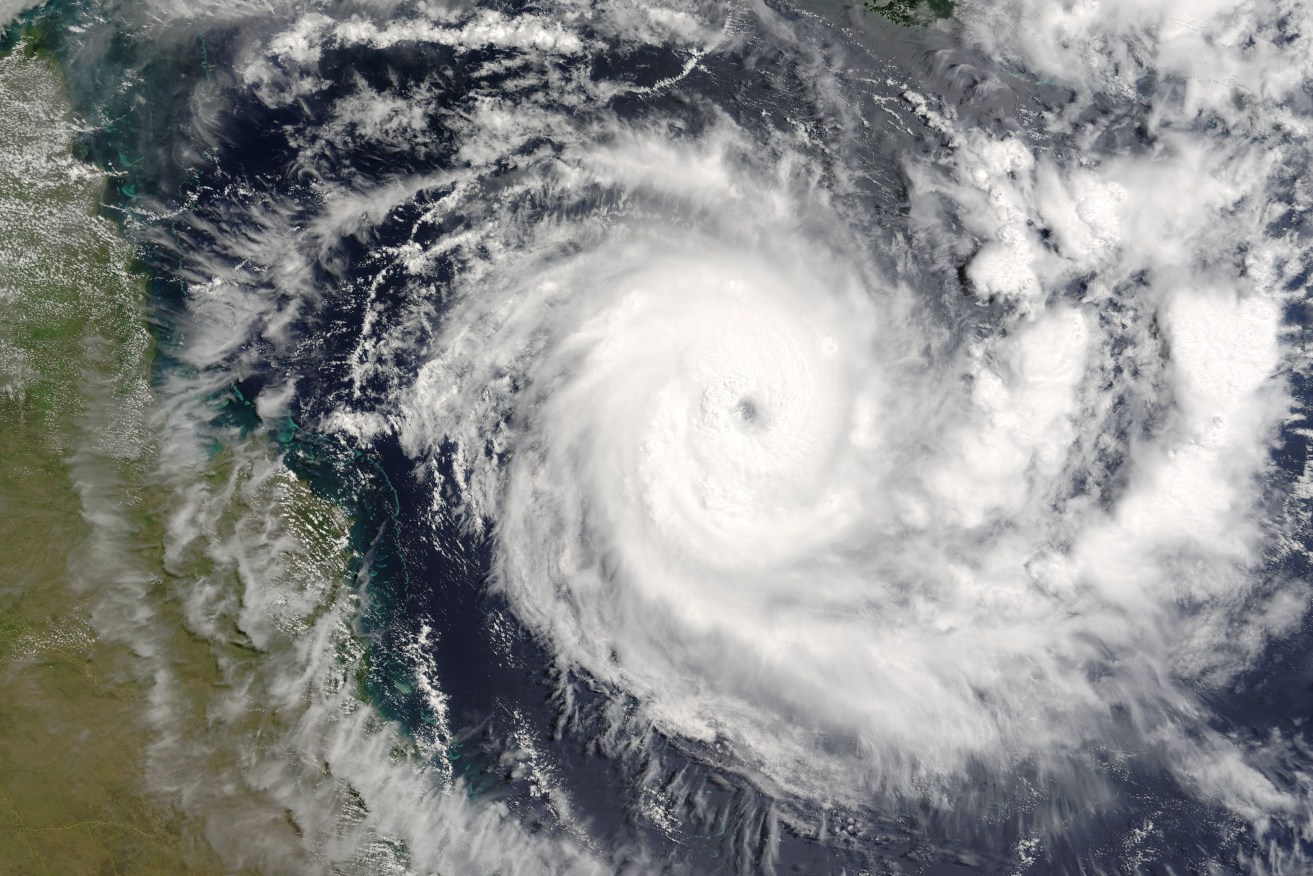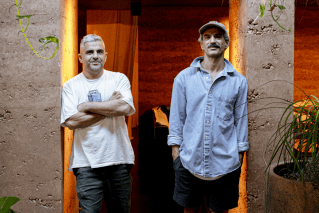Bigger than the rest: Study finds Coral Sea cyclones more powerful than others
Tropical cyclones in the Coral Sea, off the Queensland coast, are bucking a global trend for such storms to decrease in frequency, new data suggests.

A satellite image of Cyclone Ingrid in the Coral Sea in 2005. (Image: Wikicommons)
Researchers from Griffith University in Queensland analysed 50 years of tropical cyclone tracks to better understand their behaviour.
They found that a group of cyclones tracking in the Coral Sea was becoming more powerful and not necessarily decreasing in frequency.
“The latest consensus on cyclone behaviour both in the southwest Pacific Ocean and overall internationally is that there’s going to be a decrease in the frequency of the occurrence of these tropical cyclones,” lead researcher and PhD Candidate John Miller told AAP on Thursday.
“But you may not expect the likelihood of cyclones in the future in the northerly parts of the coast near the Coral Sea to decrease as is expected in global studies, and they are becoming more powerful and meander more as they track, which is interesting.”
The team from Griffith’s Coastal and Marine Research Centre spent nearly two years analysing data from the Bureau of Meteorology to investigate the characteristics and trends of tropical cyclones that originated in the Coral Sea from 1970 to 2020.
The historical study aimed to understand trends in the frequency, direction and curvature of tropical cyclones, which present significant hazards to coastal regions in their surroundings.
Miller believes climate change has been a driving factor in the changing trends of tropical cyclones.
“Because the ocean’s moving into a more El Nino-like state due to anthropogenic warming and slowing of the Walker circulation,” he said referring to an ocean-based system of air circulation that impacts weather.
Follow-up studies will examine possible reasons behind tropical cyclones’ direction, track, intensity and changes followed by a look at the waves and swell they generate.












